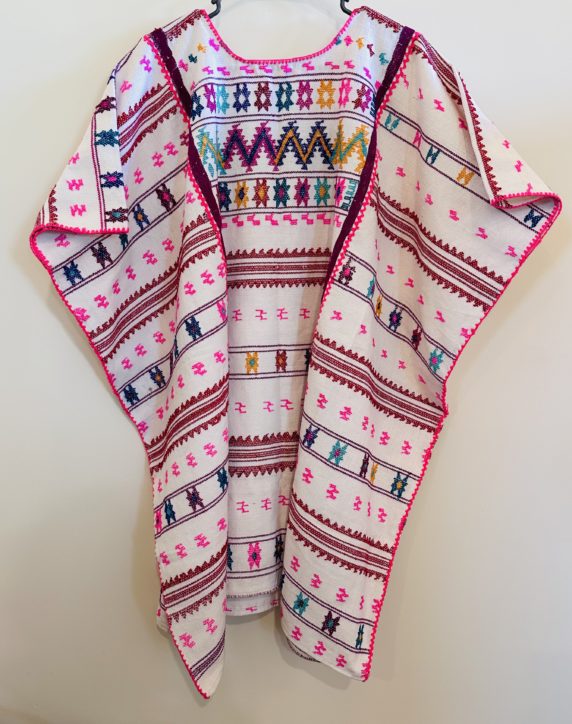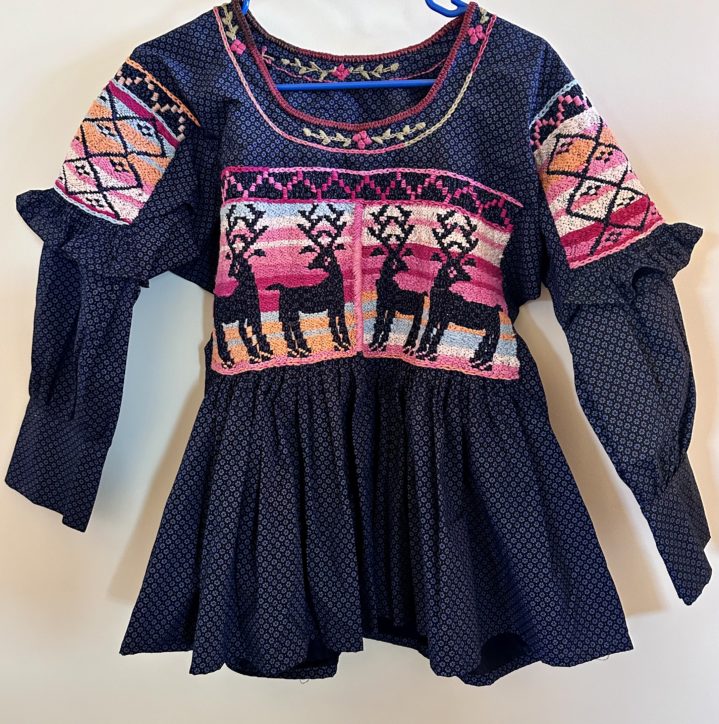I’m reposting this from The Mezcalistas team and Susan Coss, who is a mezcal educator and runs Mezcal in a Bottle throughout the USA. She operates out of the Bay Area of Northern California. There is water urgency here in Oaxaca, where many of us buy water for drinking and household use. We are alarmed and concerned for locals and foreigners alike. The cost of water has tripled as the aquafer has dried up and wells are no longer providing for our basic needs. I’m showering no more than twice a week and wash my hair maybe once a week. When I do, it’s a dribble. I conserve water at the sink by running the water at a trickle. Visitors need to heed all precautions for water conservation!
It rained last night in Teotitlan del Valle. I sat under the corridor, the sheltered part of my patio, in celebration of the forty-minute downpour. But it’s a drop in the bucket.
Please read to understand what is going on here!
From The Mezcalistas
If we needed a reminder about how serious the drought is in Mexico, we got a strong one in the form of the forest fires that have impacted the state of Oaxaca. While the one that came dangerously close to Santiago Matatlan has been fully contained, five lives were lost fighting the fire. About 75% of Mexico is suffering from a drought. The past two rainy seasons have been lackluster and communities are running out of water – even Mexico City is not immune. While droughts are not uncommon, the frequency and severity of them is only increasing with global climate change. There are the short term solutions of providing immediate support and relief, but clearly longer term solutions are required. We cannot be reliant on a good rainy season to replenish rivers, wells and aquifers and must take a long range view to help mitigate times when there are droughts, which fuel devastating forest fires.
We in the mezcal community must ask ourselves and others what we can do. Like everything mezcal related, this is a complicated and layered question. On average it takes 10 liters of water to make one liter of mezcal. Almost 72.3 million liters of water were used to make the amount of mezcal exported to the US in 2023. What can be done to use less water in the production? And what can be done with the 72.3 million liters of viñaza that were created from that same production – what solutions can be implemented to safely return that dirty water to the rivers and aquifers?
But it isn’t just about water usage. It’s also about forest management (and deforestation) and how agave is cultivated and how it could be grown differently to capture more water for the ground. It’s about the responsibility both brands and producers have to the communities where they do business. It’s about the government policies that encourage mezcal production but don’t mitigate its impacts.
And finally it’s about the decisions we make as consumers when we buy mezcal. We all can and should do better and we are planning continued coverage on these important issues. Be sure to check out the stories below. We have a terrific profile on Chacolo from new contributor Felisa Rogers. The Partida family has been making “vino de mezcal” in southern Jalisco, which some consider the birthplace of mezcal, for five generations. In this profile, Felisa shows not only the tradition of the family, but also how their sustainability measures could be a path forward for the category. Also be sure to check out a perfect pairing with the new Legendario Domingo expression from San Luis Potosi, new tasting notes, a new mezcal math post and links to various mezcal events happening in the coming months.
Saludos, Susan and the Mezcalistas Team




































































